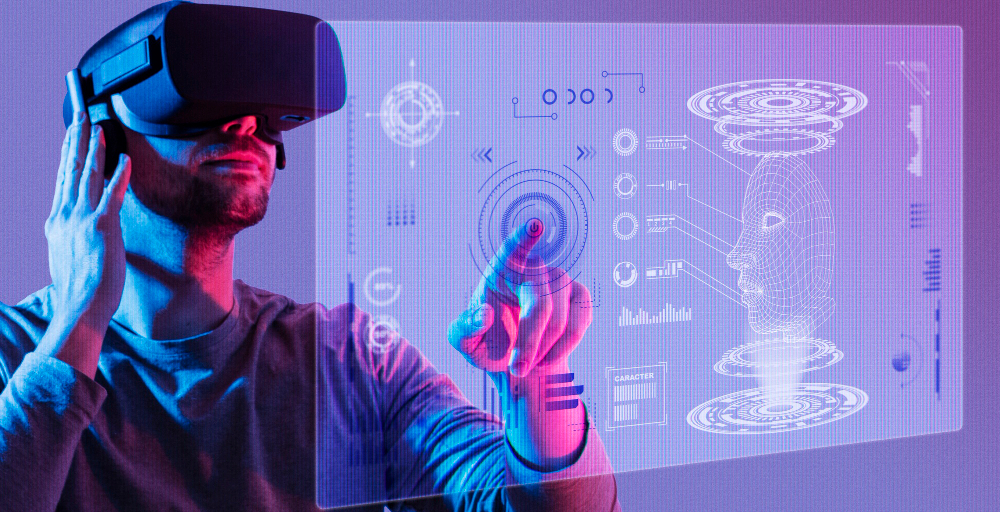Education is undergoing a profound transformation, powered by rapid advancements in technology. By 2025, classrooms look very different, with AI tutors, captivating virtual reality lessons, and personalized learning paths becoming the norm. These innovations don’t just improve how we teach; they empower students to learn in ways that match their unique needs and pace. For educators, new tools simplify tasks, encourage creativity, and expand opportunities to connect with students worldwide. The future of learning promises to break barriers, making education more accessible, engaging, and impactful than ever. As industries across the board embrace digital progress—including wellness and healthcare, as highlighted in Maximizing Online Visibility in the online market—education is no exception. Join us as we explore how technology is shaping this exciting new era in education.

How Gamification is Transforming Student Engagement
Gamification is changing the way students learn by making education more interactive and fun. By including game-like elements such as rewards, challenges, and leaderboards into lessons, educators are boosting motivation and participation in the classroom. When students earn points, badges, or levels for completing tasks, it turns learning into an exciting achievement-based experience.
Interactive activities, like quizzes with immediate feedback or multiplayer problem-solving games, encourage collaboration and critical thinking. These methods keep students actively engaged, making them more likely to retain information and develop a deeper understanding of the material. For example, math apps with game components can turn solving equations into an interesting adventure for students who might typically struggle with the subject.
Gamification doesn’t just improve academic outcomes. It also levels up social skills and teamwork as students work together toward shared goals. By mixing education with elements of play, gamification is transforming traditional learning into an empowering experience that taps into students’ natural curiosity and competitiveness. It’s not just about teaching – it’s about inspiring.
The Impact of Online Collaboration Tools on Global Classrooms
Online collaboration tools are revolutionizing education by creating global classrooms where students and educators can connect regardless of location. Platforms like video conferencing, shared documents, and virtual whiteboards allow learners from different countries to collaborate in real time, expanding perspectives and encouraging cross-cultural understanding.
Video conferencing tools bring diverse groups together for live discussions, debates, or guest lectures from industry experts, enriching the classroom experience. Shared documents enable students to work on group projects together, promoting teamwork and improving communication skills. Virtual whiteboards add an interactive element, allowing ideas to flow freely and visually in collaborative group settings.
These tools not only break down geographical barriers, but they also encourage inclusivity and equity in education. Students from underserved communities can now access the same resources and opportunities as their peers worldwide. By improving connectivity and encouraging cooperation, online collaboration tools are transforming classrooms into vibrant, global learning hubs. The result? A generation of students better prepared to grow in an interconnected, international world.
Predicting the Next Wave of Tech Innovations in Learning
The future of education is set to be shaped by groundbreaking technologies that promise to redefine how we learn. AI-driven personalization will likely lead the way, with intelligent systems analyzing individual learning styles and designing lessons to meet each student’s unique needs. This level of customization could dramatically boost engagement and academic success.
Interesting technologies like augmented and virtual reality are ready to make education more experiential and interactive. Imagine students exploring ancient civilizations through AR-enabled history lessons or managing complex science experiments in a VR lab. These tools will transform theoretical concepts into tangible experiences, making learning more engaging and memorable.
Blockchain technology is another game-changer on the horizon. By securely storing academic records and credentials, it can simplify the verification process for schools, employers, and students, ensuring transparency and trust in educational achievements.
These innovations are just the beginning. As technology continues to evolve, education will become even more accessible, inclusive, and impactful, equipping learners with the tools to excel in a rapidly changing world. The future of learning isn’t just about keeping up; it’s about breaking boundaries.
Conclusion
Education in 2025 is a testament to technology’s incredible potential to reshape learning. With tools like AI, VR, and global collaboration platforms, students and educators are more connected, empowered, and innovative than ever. The future holds countless opportunities, ensuring education remains adaptive, accessible, and inspiring for generations to come. For more insights on how digital innovation is transforming industries, explore our collection of marketing articles focused on growth and strategy.
